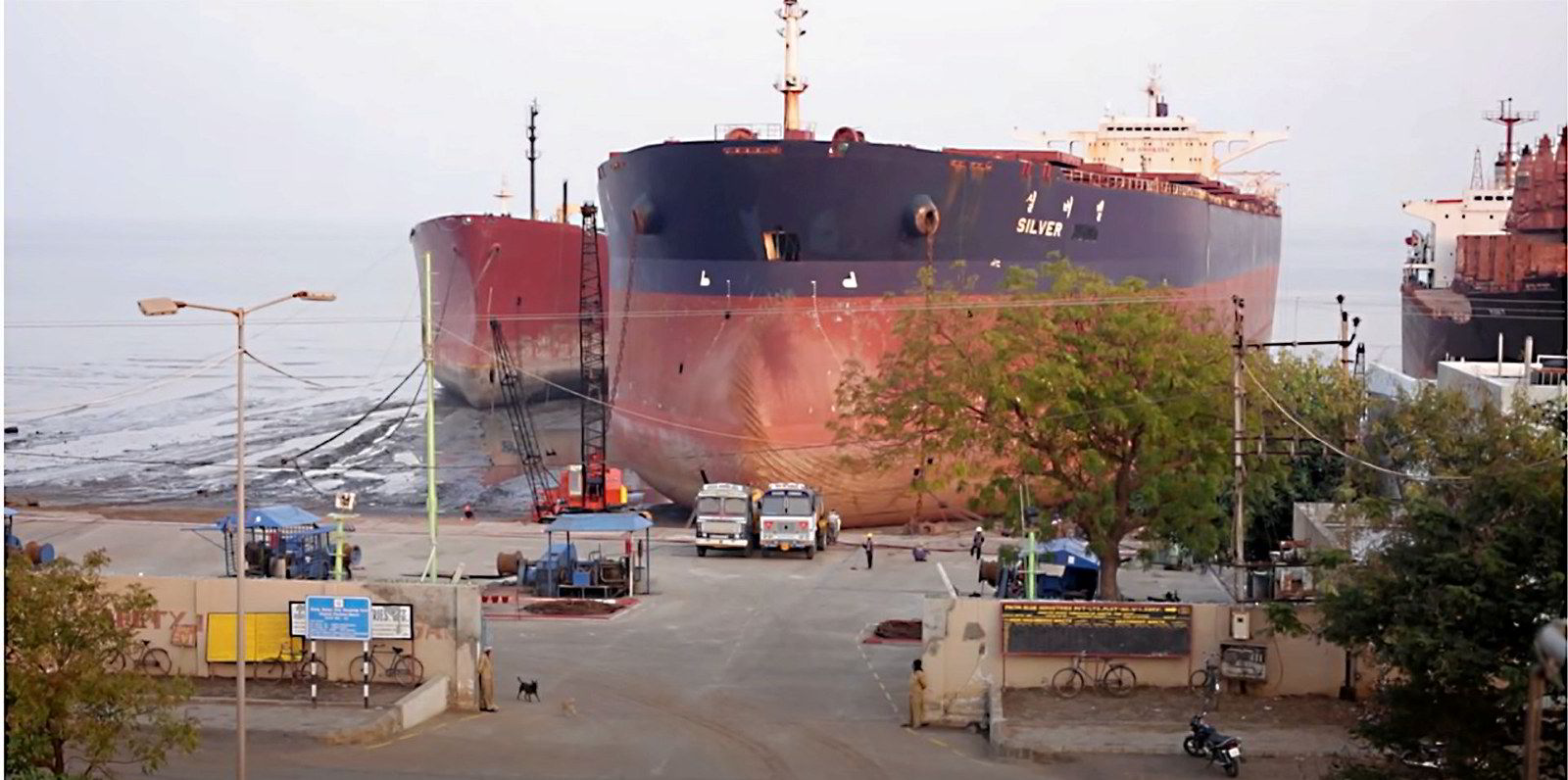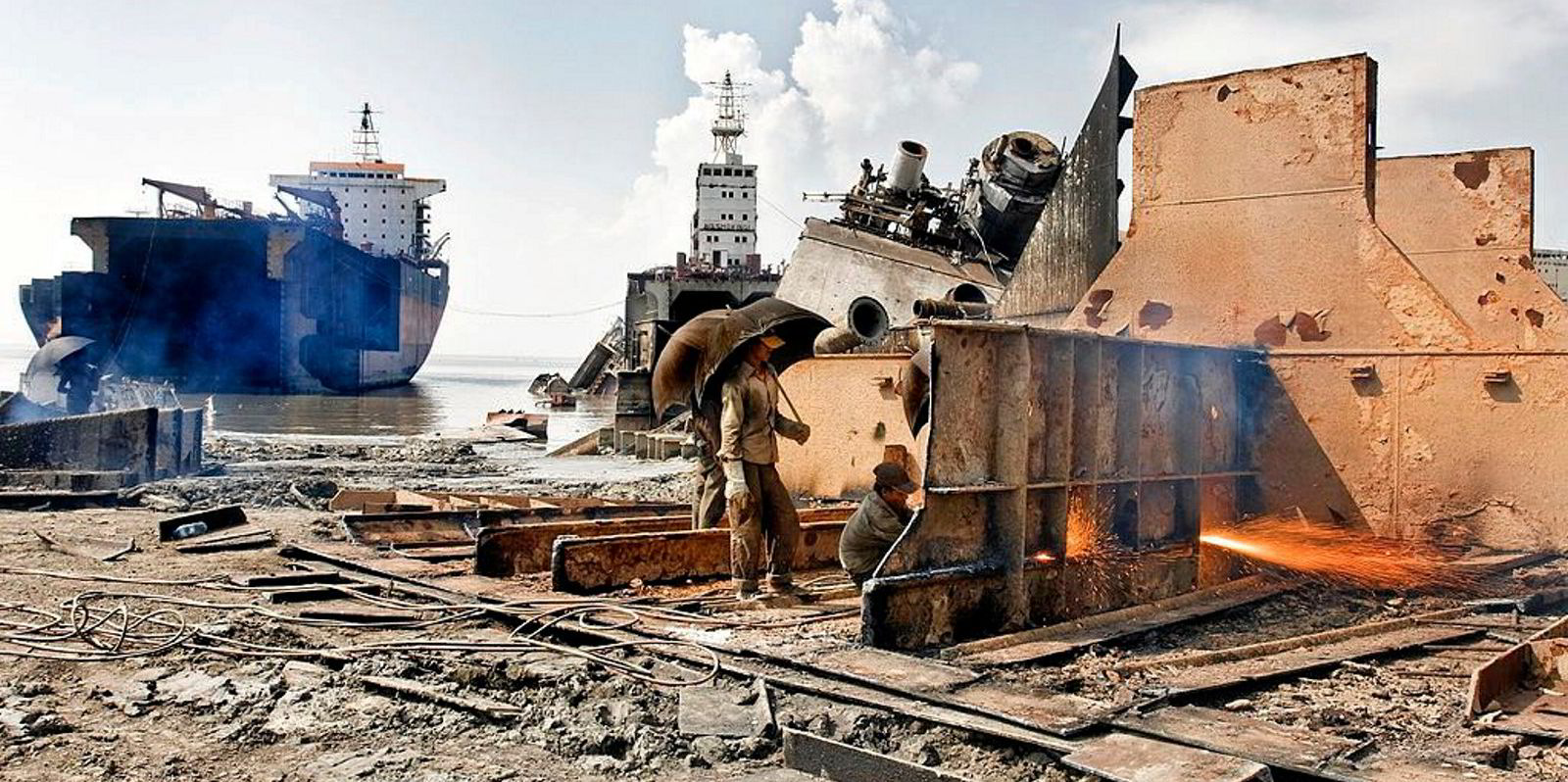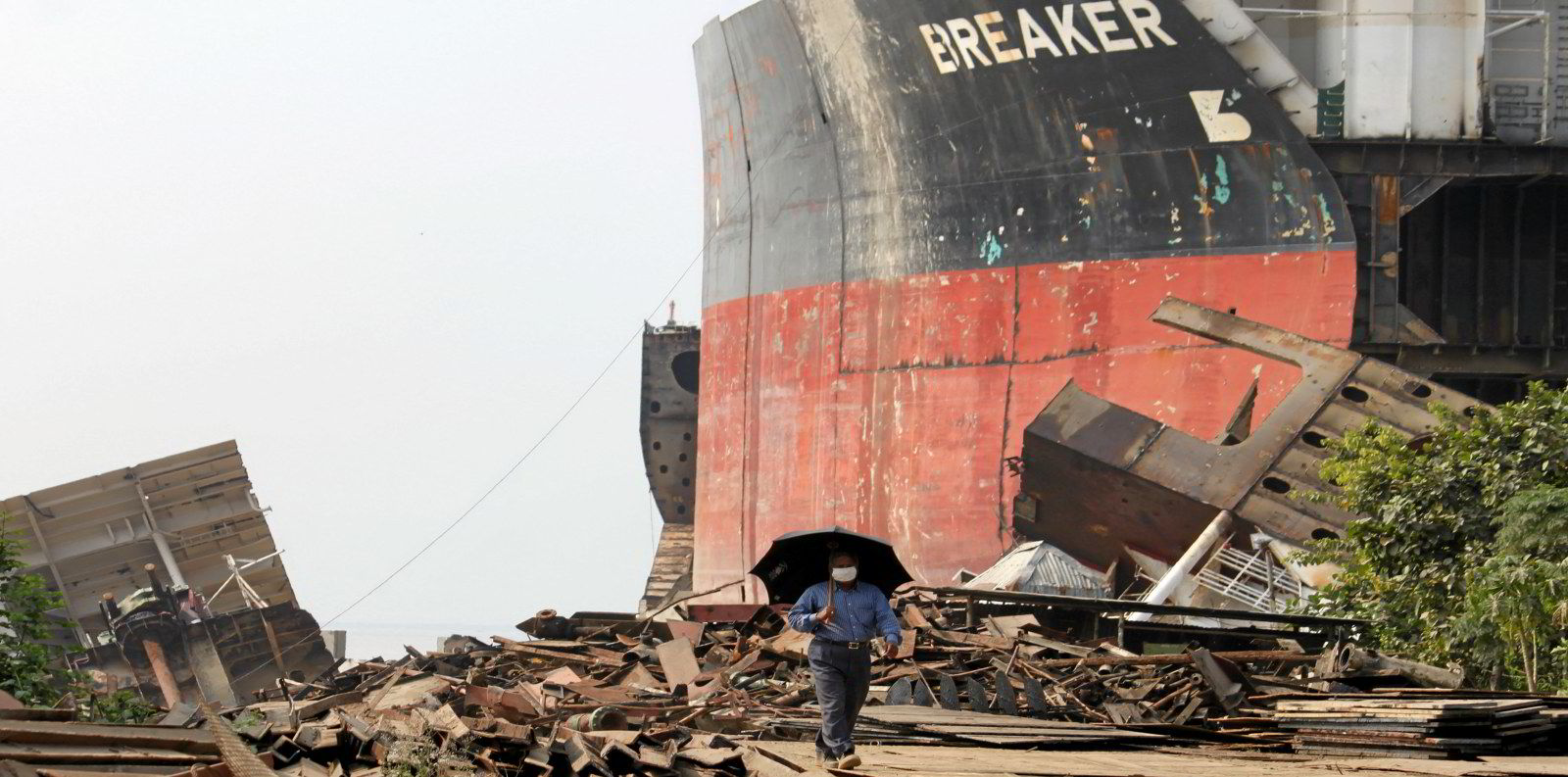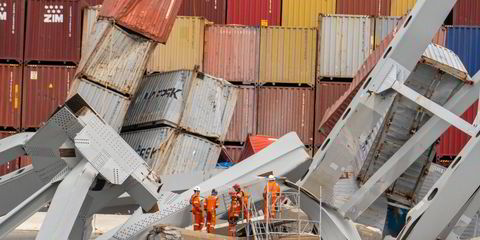The number of ships sold for recycling so far this year has risen sharply, despite red-hot boxship and bulker markets tempting many owners to hang on to older vessels.
Figures compiled by demolition broker Ed McIlvaney show 437 units registered as scrapped, against 274 in the first six months of 2020.
"Tonnage-wise, this year continues to be further advanced than it was at the same juncture in 2020," he said.
Sales are "substantially higher" in both wet and dry tonnage, although the average size is only about 30,600 dwt and 7,600 ldt, he added, which falls well below the unit average of 43,900 dwt and 9,700 ldt in 2020.
Nine ULCCs or VLCCs have been sold, primarily storage units, while four suezmaxes and 20 aframaxes have been torched.
Only one panamax tanker has met its end, but 45 handysizes have gone to breaking yards.
Fearnley Securities has said tankers with capacity totalling 77m dwt are already at, or will meet, the historical scrap age by the end of 2023.
"A rebalancing of the oil market will make the handicap for vintage vessels even greater, potentially accelerating the scrapping story," the Norwegian investment bank believes.
A combination carrier and 13 gas vessels also make the demolition list.
This month, South Korea's Sinokor Merchant Marine sold a 37-year-old LNG carrier for demolition, the fourth large gas carrier it has sent for scrap in eight months.
The 32,001-ldt ship is reported to have attracted a price of $650 per ldt, or $20.8m in total, partly due to 3,500 tonnes of aluminium content.
Brokers named the vessel as the 125,631-cbm Mediterranean Energy (ex-WilGas, built 1984).
On the dry side, 11 VLOCs and capesizes have left the fleet, along with eight panamaxes and 26 handysizes.
Only 49 bulkers have been scrapped in total, including smaller units, as rates gain ground all the time.
And as boxship markets boom, McIlvaney has logged only 15 demolition sales in the sector.
"There have been a considerable number of offshore units committed, with many tugs, support vessels of the smaller size, as well as [a] considerable number of drillship and rigs with higher ldts recycled or sold for recycling during the year," he said.
Turkey a force
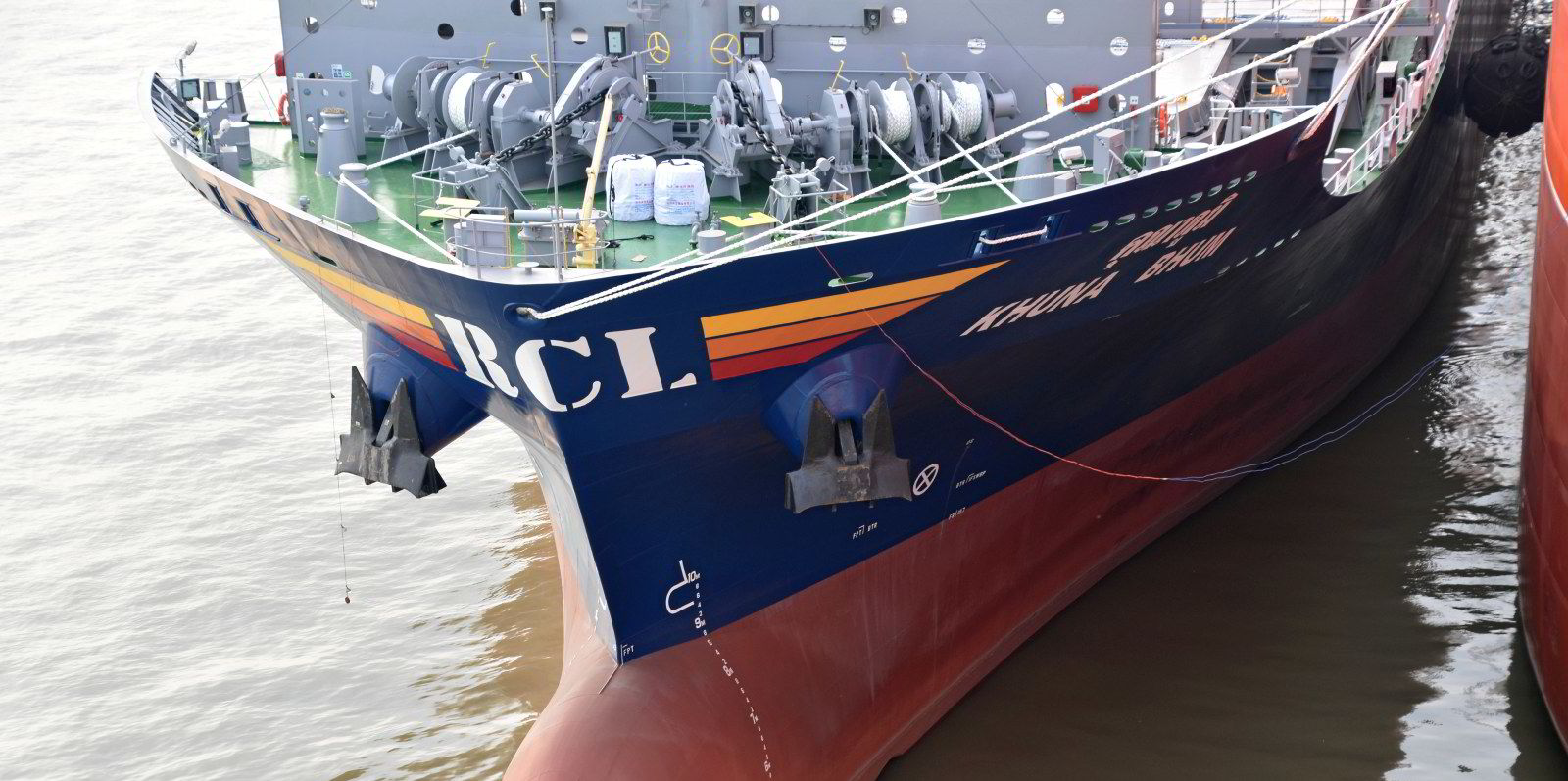
The total for all tankers and combination carriers was 158 ships of 7.5m dwt to 30 June, up from 44 ships of 1.17m dwt at the same point last year.
Dry cargo and other vessel sales totalled 279 units of 5.9m dwt, up from 230 in 2020, but the capacity was higher at 10.87m dwt a year ago.
Of the 437 units sold, 122 went into Bangladesh, whose yards are now closed in a national Covid-19 lockdown.
India is next on 103 ships, then Pakistan on 75.
Turkey has shown its growing importance as a recycling destination with 50 sales, as old unwanted cruiseships were consigned to history.
European Union countries recycled 12 vessels, with four scrapped in the US.
China took one vessel and other countries bought in 26 ships.
There were 44 units listed with an optional delivery destination.
Despite the Bangladesh closures and the monsoon season, India subcontinent markets are still hungry for tonnage, McIlvaney believes.
"We anticipate further encouragement from all the major sectors, including Turkey, where Covid restrictions have started to relax," he said.
